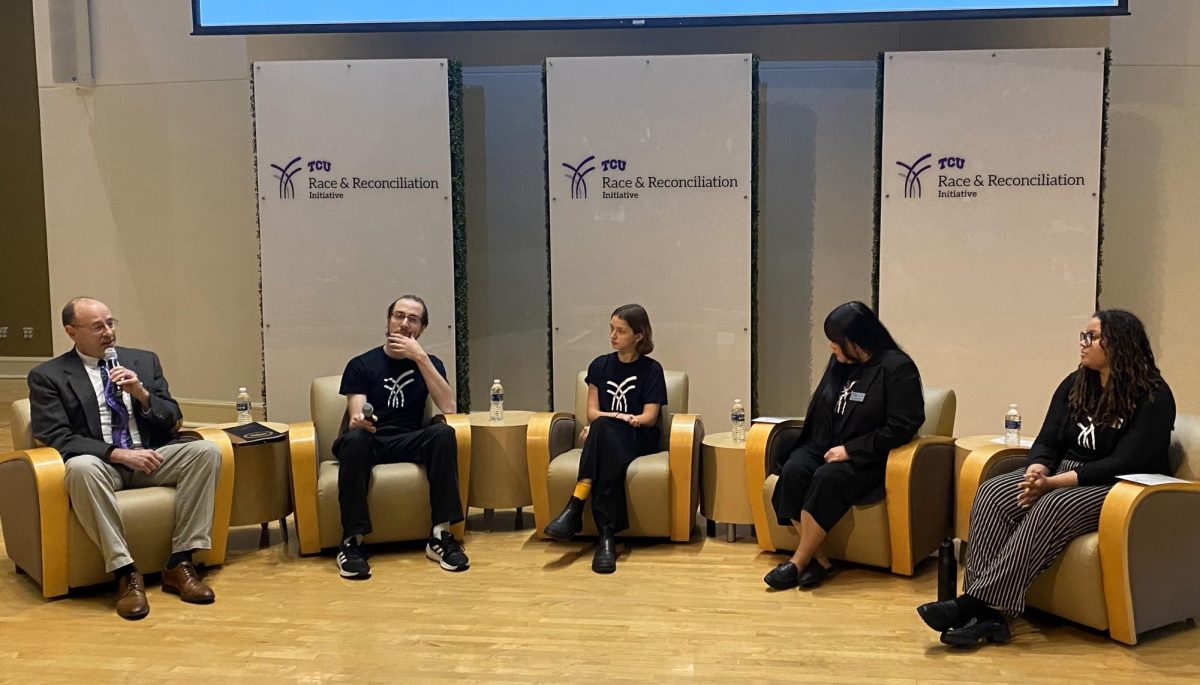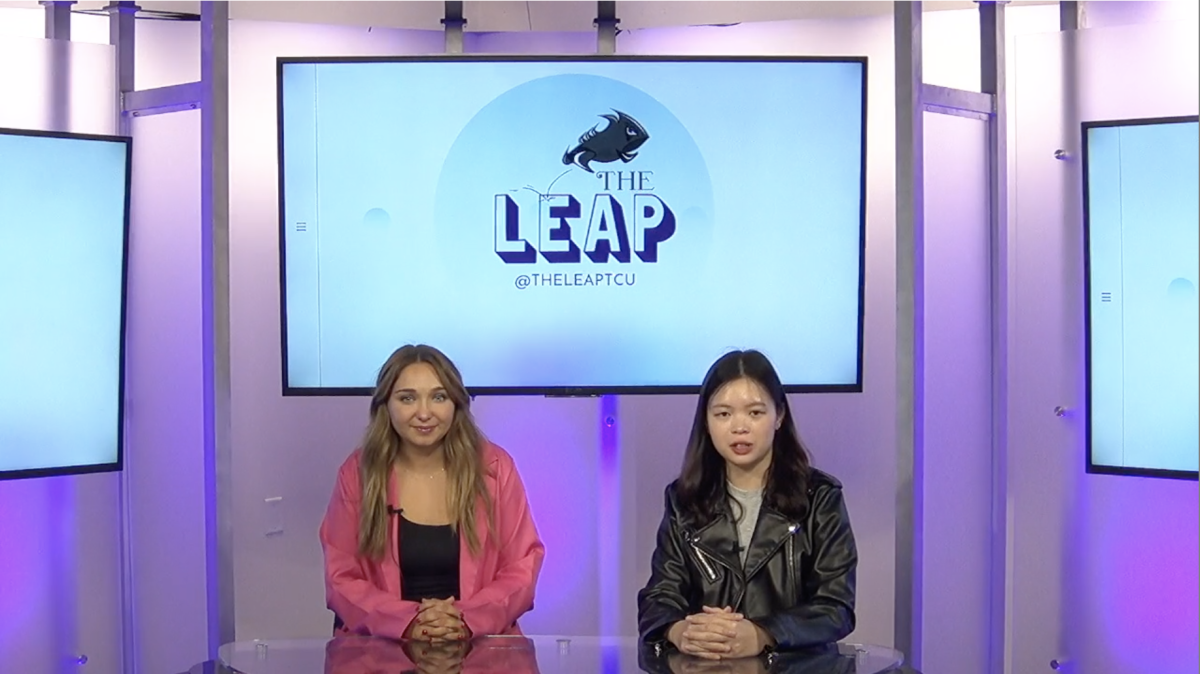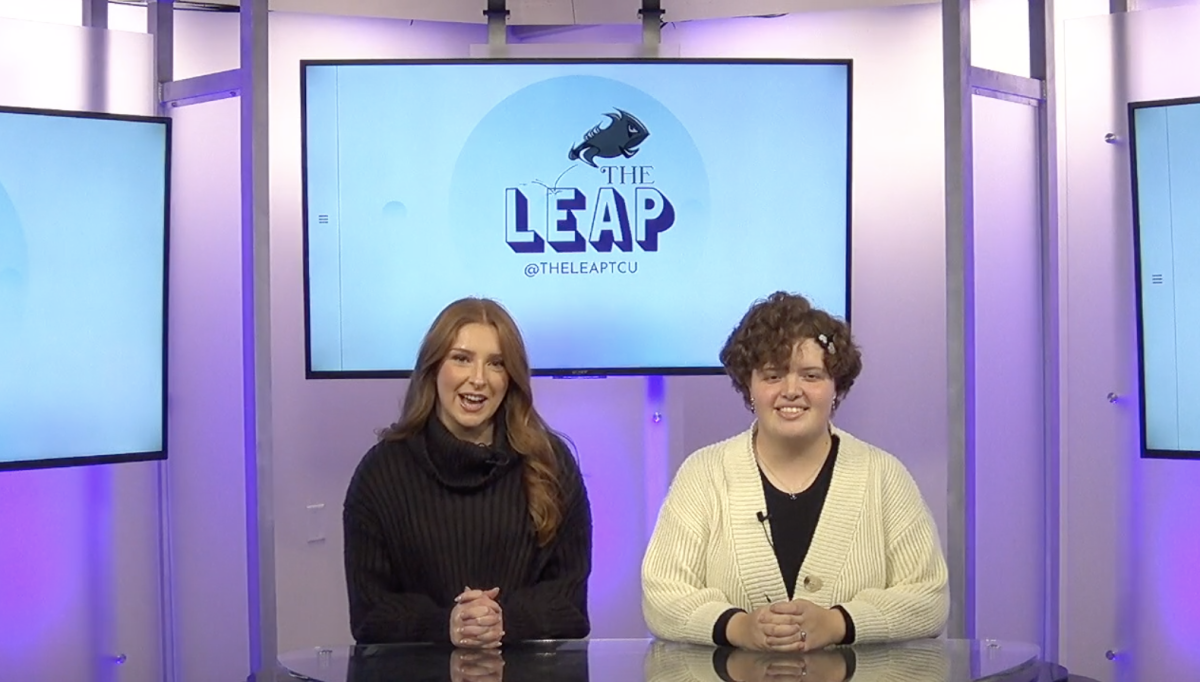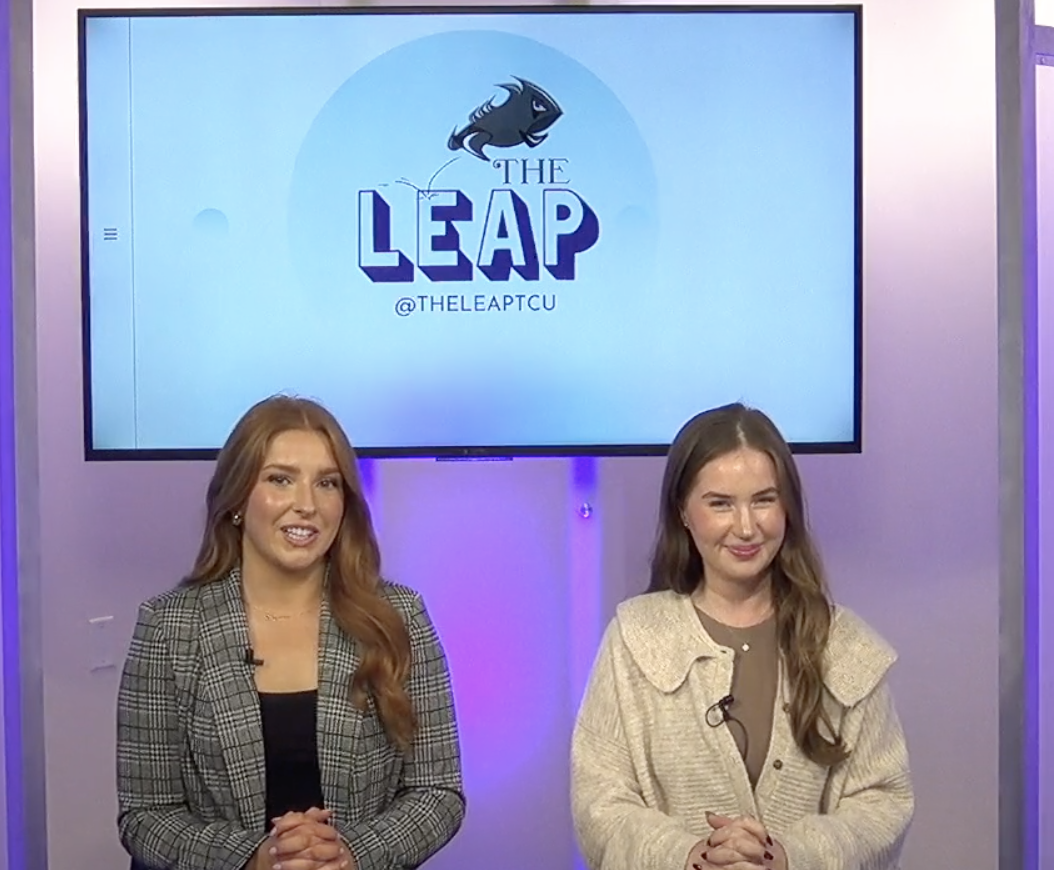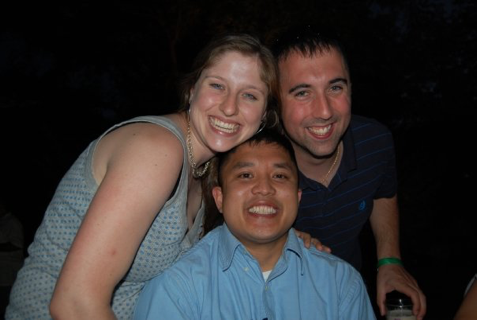Labor negotiations and the NBA lockout continued this week with little to no good news. And unless a deal is struck by next week, the remainder of the preseason could be canceled as well, according to the Associated Press.
Already, the NBA has postponed all training camps and canceled 43 preseason games.
Ever since the lockout began on July 1, players and fans alike have had to consider the possibility of a strike-shortened season. However, if negotiations continue to go the way they have been going, the entire season could even be lost to the lockout.
Even some league insiders, such as David Falk, believe that if a deal has not been made by mid-October the season will be cut in half if not entirely canceled.
Simply put, the future of the 2011-12 basketball season looks bleak for fans.
There is little relief when it comes down to the progress of negotiations. As with the recent NFL lockout, the main issue for the work stoppage has been money. What is not similar to the NFL lockout is how far apart the two sides are when it comes down to this issue.
The players and the owners still stand at polar opposites about salary pay, despite the closeness to the season. To simplify some of the main arguments happening in these meetings, the players want the owners to implement a “soft” salary cap, which would allow players to make an average of $7 million a year.
Owners have pushed back at this demand, with multiple owners pointing to the net financial losses their franchises have experienced. Figures released by the NBA state that 22 out of 30 teams finished in the red for the 2010-11 year. With 57% of team budgets going to player salaries, the NBA has no interest in giving players a pay raise.
What is most worrying about the lockout is that neither side seems to have a sense of urgency about the issues. In the first two months of the strike, only two meetings were held between the players’ union and the owners. From the few details released from the meetings, neither side got close to fixing the problem.
NBA commissioner David Stern finished the Aug. 30 meeting by saying there were “no deadlines in mind” with regard to the lockout.
The trend continued through the newest wave of negotiations. Derek Fisher, the president of the NBA Players Association, sent out a league-wide memo to players earlier this week, telling them to hang on and hold out until demands from the players association are met.
At the rate the negotiations are going, that could be a while.
What does the strike leave the average fan with then?
For the immediate future, there will only be doubt and anxiety. More closed-door meetings, more silence from the owners and more speculation on “what if’s” is all that a fan can look forward to.
Until negotiations begin to heat up and the season is back on track, NBA fans will have to sit back and hope both sides show as much concern about the season as they do.
J.D. Moore is a sophomore journalism major from Honolulu, Hawaii. He is also the host of the Fort Worth Four Show on 88.7 KTCU The Choice.


